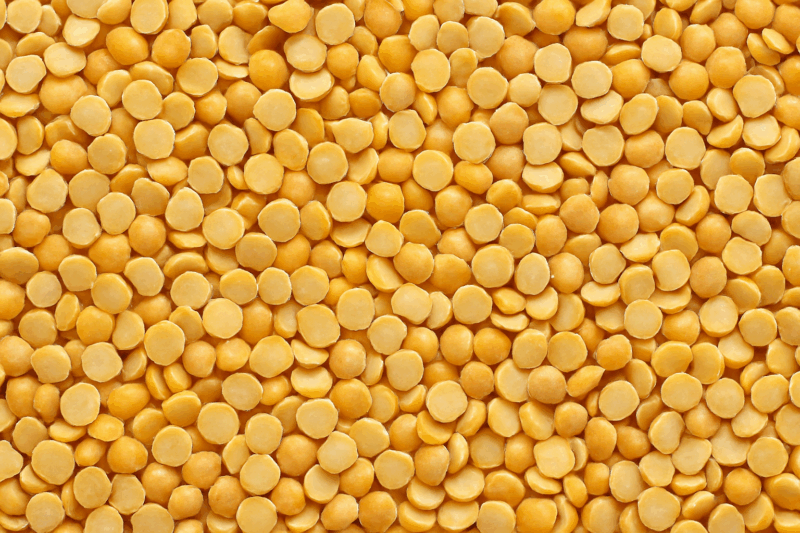Support CleanTechnica’s work through a Substack subscription or on Stripe.
Dr. Bellardo graduated from the Drexel University College of Medicine where she earned her MD. She is a practicing physician and she has some research citations. She consumes more fiber than most people, and for good reasons.
Eating more fiber is beneficial: lowering cholesterol, improving blood pressure, improving diabetes risk, protecting the heart, reducing inflammation, and reducing colorectal cancer risk. Eating fiber foods can be beneficial for weight management too.
Some people have the wrong idea about fiber. They don’t eat enough, and when they try to consume more, they sometimes experience extra gas or bloating.
However, if they persist with the additional fiber, their bodies will probably adapt to it and gas/bloating may diminish or stop. Their stomach and whole GI tract may not be accustomed to the additional fiber and may need time to adapt.
There is a bit of ignorance about plant foods, fiber, and gas — which is reflected in products such as Beano and some silly jokes about flatulence. In point of fact, some people who try the carnivore diet develop severe diarrhea because the change to an all-meat diet alters their gut microbiome.
In other words, any change in diet can alter the gut bacteria and their function, not only adding more plants. There is so much ignorance about plant foods and the gut microbiome that some people wrongly blame plants and fiber for the gas and/or bloating.
If a person who wants more fiber introduces a little more fiber over months to their daily diet, the gas and/or bloating may not occur, or a little less.
Individuals may be pretty bad at knowing how much fiber they eat on a daily basis. Dr. Bellardo mentions a research study where the human subjects overestimated their own fiber intake by as much as 40%.
She says she eats about 90 grams of fiber per day and that there is no upper limit on fiber. She eats a lot of edamame and mung bean pasta, which is high fiber.
The recommended amount is 25–30 grams per day, but the average intake is less in the US, meaning it is not enough.
Fiber should come from plants for their health benefits, not from supplements. Foods with fiber can replace unhealthy foods such as ones that are fried, that spike the blood sugar, or that are inflammatory.
How many Americans eat enough fiber? Well, it may be less than 10%. “Just 7% of adults meet fiber recommendations, raising risk of chronic diseases.”
CleanTechnica is a sustainability site. Where this human diet information intersects with sustainability is that our food choices do impact the environment. (They impact our health too.)
Some of the highest carbon foods, meaning the worst for climate change, are animal meats. Beef is one of the highest carbon foods, or the highest. Dairy products are high carbon as well. Lamb and mutton, and farmed shrimp, are also very damaging in the context of climate change. None of these animal foods have fiber.
Getting protein from dead animal parts is not even necessary because there are plenty of plants that have all the 9 essential amino acids.
Harvard Health will have the last words here about fiber. “Research has found that a high-fiber diet lowers LDL (bad) cholesterol levels and is linked with lower incidences of cardiovascular disease, cancer, and diabetes. Studies also have discovered that adequate fiber can also alter the gut microbiome to support the immune system and protect against inflammation. High levels of dietary fiber also may help reduce the risk of developing dementia, according to a study published in 2023 in Nutritional Neuroscience.”
Sign up for CleanTechnica’s Weekly Substack for Zach and Scott’s in-depth analyses and high level summaries, sign up for our daily newsletter, and follow us on Google News!
Advertisement
Have a tip for CleanTechnica? Want to advertise? Want to suggest a guest for our CleanTech Talk podcast? Contact us here.
Sign up for our daily newsletter for 15 new cleantech stories a day. Or sign up for our weekly one on top stories of the week if daily is too frequent.
CleanTechnica uses affiliate links. See our policy here.
CleanTechnica’s Comment Policy

